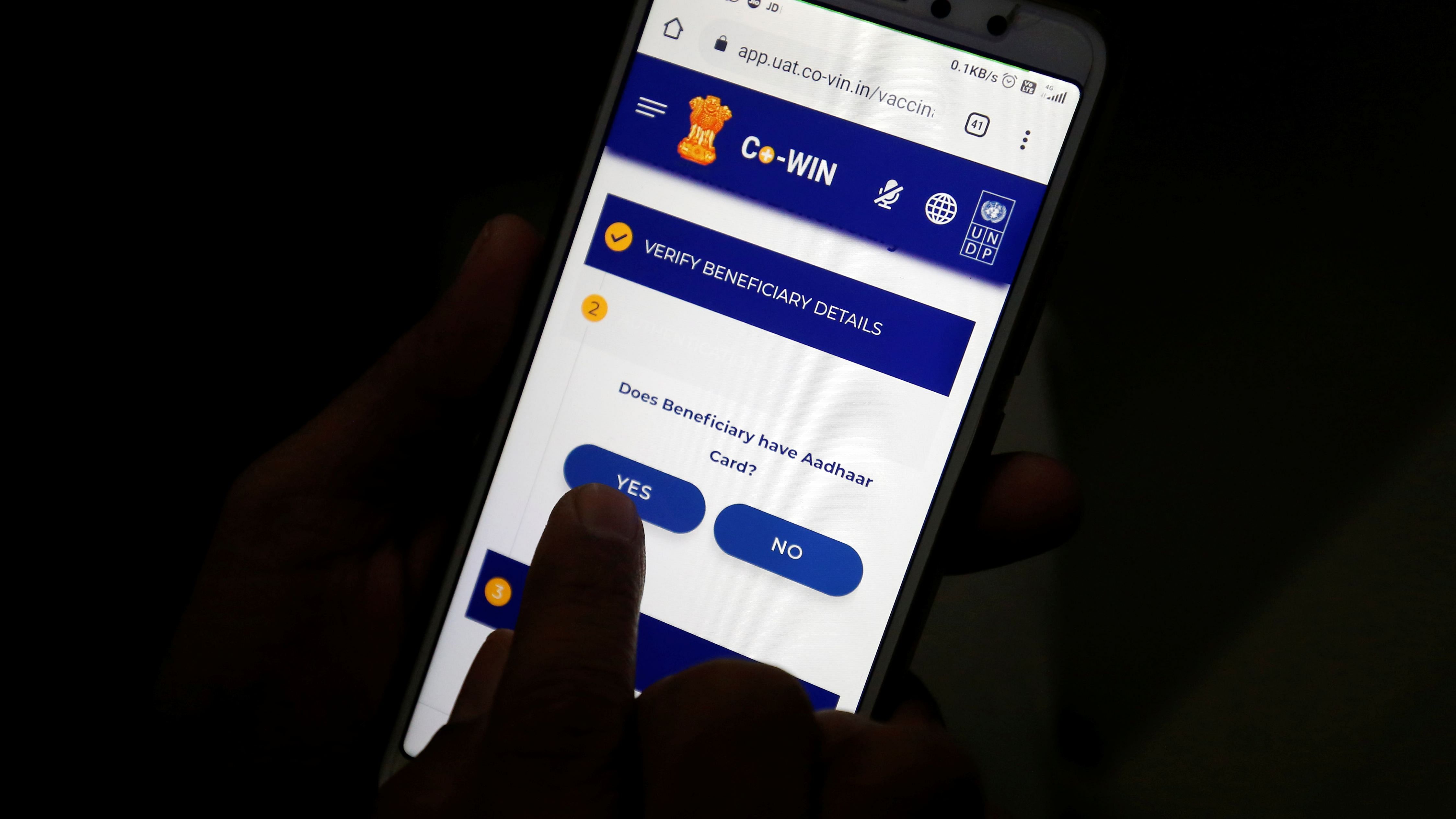
On October 18, India managed to achieve 100 crore of vaccination doses in its fight against coronavirus within just nine months from the launch of the vaccine. This victory was partly enabled by the use of Co-WIN, which is a digital technology platform to facilitate the vaccination drive.
Digital technology has enhanced the delivery process by enabling planning, distribution, and monitoring. The technology also has been helpful for the citizens in having vaccination records accessible everywhere in a digital format. At this moment, alongside acknowledging the significant gain against the unpredictable virus, it is crucial to examine questions of vaccine equity and future systems and processes that ensure Indians are protected from the virus, and the gains of technology are reaped by all.
Evidence of gaps
Recent research has shown several challenges to vaccine access among vulnerable populations. Research by Aapti Institute highlighted gaps related to the vaccine distribution process - including policy shifts (particularly early on), lack of nearby and accessible vaccine
infrastructure and technical glitches in the Co-WIN platform itself. Structural realities like gender and caste compound questions of access. When overlaid with digitally mediated access through Co-WIN, several sections of the vulnerable get further left behind.
I was not even aware of the existence of the Co-WIN app. My employer helped me in getting a vaccine. - Interviewee respondent from Bangalore
This has significant consequences for women and the economically weak sections of society who had lower vaccination rates. Communities with lower levels of access to medical infrastructure and lower access to the hard infrastructure of technology in terms of physical devices and lower levels of digital literacy also experience similar struggles. Given that vaccines required payments at that time, the poor may not have wished to expend their resources on them.
Despite rising vaccination rates, the unvaccinated have been experiencing discrimination. For instance, they cannot get back to their jobs or travel to their places of work due to their unvaccinated status. This is compounded by challenges such as a lack of trust in digital artefacts such as the vaccination certificate.
Enhancing vaccination rates and trust
The research highlights two key pathways to ensure wider access and deeper trust. Working with both these pathways is important to ensure wider access to vaccination and the true success of the digital certification.
First, offline architectures - the human frontiers around technology - can be a critical enabler in enhancing vaccine equity and enabling the impact of technical systems. Previous research has shown that local community organisations, neighbourhood organisations, RWAs, and formal and informal political leaders play an important role in bringing the state closer to the marginal sections of society. Indeed, they help the state, and the citizens see each other. Instances of this were also seen when RWAs mobilised vaccination campaigns in their localities.
In the case of technology, these intermediaries can enable access and negotiation with technology and the systems that underlie it. Working closely with these entities, while paying attention to some of the limitations in their approaches might be a critical pathway to mediate challenges around digital access.
Second, examining the role of new digital intermediaries can be critical. The use of Co-WIN for booking slots and managing certification saw the rise of a new category of intermediaries - such as chatbots, slot notification, and apps for finding vaccine slots and managing bookings. The digital nature of these intermediaries meant that they excluded those without digital access, and thereby mirroring the existing digital divide. An unintended (and perhaps unforeseen) consequence was that these intermediaries ended up redistributing slots to favour those with access - depriving those in local communities of it. Nonetheless, despite these challenges, digital intermediaries can play a role in enhancing efficiencies for those with pre-existing levels of digital access and become managers for those who wish to rely on such systems.
With them becoming prominent (for example, Healthifyme acquired Under45.in, Bangalore vaccine update, etc.), it is critical to think about regulatory mechanisms, accountability and governance processes, and crucially, financing. It also becomes essential to see if they can help build goodwill and trust in the vaccination processes by partnering with civil society organisations, community organisations, thus bridging the gap between online and offline.
Co-WIN is useless for semi-rural areas. There was a vaccine shortage, and my son was continuously searching for slots to book for me - Interviewee respondent from Kozhikode
As we go forward to ensure that vaccination for all is a reality, it is essential to think of a harmonious balance between civil society and the government in leveraging digital technologies for vaccination. There is a need to innovate and incubate frameworks to embed phydigital systems for state operations to ensure no one is left behind. With the need for booster shots, new strains of the coronavirus and the threat of more pandemics in the future, it becomes essential to build these institutions in place which caters for all and enables the gains of technology to be reaped by all.
(The writers are with Aapti Institute)
Disclaimer: The views expressed above are the author’s own. They do not necessarily reflect the views of DH.